Remember those dishes that filled your childhood home with mouthwatering aromas? Many beloved comfort foods that graced family dinner tables for generations are slowly vanishing from our culinary landscape. As eating habits change and busy schedules demand quicker meals, these labor-intensive classics are being prepared less frequently.
Let’s take a nostalgic journey through 16 old-school comfort foods that are gradually becoming culinary memories rather than everyday meals.
1. Meatloaf
Remember when the smell of meatloaf baking in the oven meant family dinner was on the way? This hearty mix of ground beef, breadcrumbs, and ketchup topping was once the champion of American weeknight meals.
Modern families increasingly skip this traditional dish, opting instead for leaner proteins that cook faster. The hour-long baking time doesn’t fit well with today’s rushed schedules, and health-conscious eaters often avoid the high-fat content.
Grandma’s recipe cards for perfect meatloaf are being replaced by quinoa bowls and sheet pan dinners that promise nutrition with minimal prep. When meatloaf does appear nowadays, it’s often reinvented with turkey or plant-based alternatives rather than the classic beef version.
2. Tuna Noodle Casserole
The unmistakable combination of canned tuna, cream of mushroom soup, and egg noodles topped with crushed potato chips once represented the pinnacle of convenient comfort. This budget-friendly dish emerged in the 1950s when convenience foods revolutionized American kitchens.
Families today increasingly turn away from processed ingredients and heavy casseroles. The dish’s reliance on canned goods feels outdated in an era when fresh, whole foods dominate nutritional conversations.
Food trends now favor dishes with global flavors and brighter ingredients over the beige, creamy casseroles of yesteryear. While some may still prepare this nostalgic dish occasionally, it’s rarely found on weekly meal plans or passed down to younger generations who prefer fresher takes on seafood pasta.
3. Jell-O Salad
Bright, jiggly, and studded with suspended fruit or vegetables, Jell-O salads were once the crown jewel of potluck gatherings. These gelatin-based creations reached peak popularity in the 1950s and 60s when homemakers prized their colorful appearance and make-ahead convenience.
Few modern dinner guests would expect to find carrots suspended in lime gelatin or a ring of cherry Jell-O containing canned fruit cocktail. The very concept seems almost alien to younger generations who didn’t grow up with these molded masterpieces.
Nutritional awareness has shifted dramatically since Jell-O salads’ heyday, with their high sugar content and artificial ingredients now considered dietary red flags. While occasionally appearing at retro-themed parties or holiday tables as nostalgic curiosities, these wobbly wonders have largely lost their place in America’s regular food rotation.
4. Chicken à la King
Tender chicken pieces swimming in a rich cream sauce with mushrooms, pimentos, and sometimes peas – served over toast points, rice, or biscuits. This elegant yet comforting dish was once a staple at dinner parties and restaurant menus across America during the mid-20th century.
The dish’s decline parallels changing attitudes toward heavy cream sauces and lengthy preparation times. Its reputation as old-fashioned comfort food hasn’t helped its staying power in an era that celebrates global cuisines and lighter fare.
Few home cooks today have mastered the art of a proper roux or bechamel sauce – foundational techniques for this classic dish. While occasionally featured in vintage-inspired restaurants or prepared by culinary history enthusiasts, Chicken à la King has largely surrendered its once-prominent place on American tables to quicker, more international options.
5. Liver and Onions
Sizzling slices of beef liver caramelized with sweet onions was once a common weeknight meal across America. Praised for its high iron content and affordability, this simple dish sustained generations of families through lean times and wartime rationing.
The distinctive strong flavor profile of liver has become increasingly polarizing in modern times. Children who once reluctantly cleaned their plates now grow into adults who never acquire the taste for organ meats, breaking the chain of culinary tradition.
Nutritional science still acknowledges liver’s impressive vitamin content, but concerns about cholesterol and changing meat preferences have pushed it to the margins. Today, you’ll rarely find liver and onions outside specialty diners catering to older clientele or high-end restaurants serving gourmet preparations of offal that bear little resemblance to grandma’s cast-iron skillet version.
6. Sloppy Joes
Named for their messy eating experience, these loose meat sandwiches mixed with tomato-based sauce once dominated school cafeterias and casual family dinners. The distinctive sound of the can opener revealing Manwich sauce signaled an easy dinner was minutes away.
Modern parents increasingly seek healthier options with less processed ingredients and lower sugar content. The iconic red sauce often contains high-fructose corn syrup and additives that health-conscious families now avoid.
While homemade versions using fresh ingredients occasionally appear in meal rotation, the classic canned variety has lost substantial ground. Today’s children are more likely to grow up eating pulled chicken sandwiches, veggie burgers, or globally-inspired handhelds than the drippy, delicious mess that once required extra napkins and inevitably stained someone’s shirt at the dinner table.
7. TV Dinners (Frozen Salisbury Steak, etc.)
Revolutionary when introduced in the 1950s, TV dinners transformed American eating habits with their compartmentalized aluminum trays of Salisbury steak, mashed potatoes, and dessert. These frozen meals promised convenience during the early television era, allowing families to eat while watching their favorite programs.
The distinctive metallic taste and uneven heating of these dinners has become less appealing as alternatives have evolved. Modern consumers increasingly choose fresher meal kits, gourmet frozen options, or delivery services that offer restaurant-quality food at home.
The original aluminum tray TV dinners have largely disappeared, replaced by microwavable versions that bear little resemblance to their predecessors. While frozen meals remain popular, the specific nostalgic varieties like Salisbury steak with its mysterious brown gravy or fried chicken with fluorescent green peas have lost their cultural prominence to more sophisticated frozen fare.
8. Ambrosia Salad
Named after the food of Greek gods, this cloud-like concoction combined canned fruit, coconut, marshmallows, and sometimes sour cream or whipped topping. The pastel-colored dessert salad was a fixture at church potlucks and holiday gatherings throughout the mid-20th century.
Modern palates often find ambrosia overwhelmingly sweet and artificial tasting. Its reliance on processed ingredients like maraschino cherries and canned mandarin oranges feels outdated in today’s fresh food culture.
Nutritional awareness has also contributed to ambrosia’s decline – a single serving contains substantial sugar with minimal nutritional benefits. While occasionally appearing at retro-themed gatherings or prepared by nostalgic grandparents during holidays, this once-beloved treat is increasingly unfamiliar to younger generations who prefer desserts with less sweetness and more complex flavors.
9. Macaroni and Tomatoes
Simple yet sustaining, this Depression-era comfort food combined elbow macaroni with stewed tomatoes, a pat of butter, and sometimes a sprinkle of sugar. Unlike its cheese-laden cousin, this version relied on pantry staples that were affordable during lean times.
Grandmothers who grew up during economic hardship passed this recipe down as a reminder of making do with little. The dish represents a particular moment in American culinary history when creativity with limited ingredients was necessary for survival.
As prosperity increased and global flavors became accessible, this humble pasta dish lost ground to more complex recipes. Today’s pasta enthusiasts are more likely to prepare arrabbiata, vodka sauce, or other flavorful alternatives rather than the simple combination that sustained previous generations through difficult times. When it does appear, it’s usually as a nostalgic nod rather than a regular meal.
10. Creamed Chipped Beef on Toast (a.k.a. “S.O.S.”)
Military veterans know this dish by its colorful nickname “S.O.S.” (Shit on a Shingle), referring to its appearance when served on toast. The combination of dried beef in white sauce became a military staple during World War II before finding its way to civilian breakfast tables.
The dish’s key ingredient – dried, salted beef – has become increasingly difficult to find in regular supermarkets. Its extremely high sodium content conflicts with modern dietary recommendations, contributing to its declining popularity.
Few restaurants outside of diners near military bases still serve this once-common breakfast. Home cooks rarely prepare it except as an occasional nostalgic treat, usually for older family members who remember it fondly. For many younger Americans, creamed chipped beef exists only in stories from grandparents or as a punchline in old military movies rather than as an actual meal they’ve experienced.
11. Stuffed Bell Peppers
Hollowed-out bell peppers standing upright like little edible cups filled with seasoned ground beef, rice, and tomato sauce once represented the height of dinner sophistication. This colorful dish made regular appearances in mid-century dinner rotations, offering a complete meal in an edible container.
The preparation time required to parboil peppers, prepare filling, stuff each one carefully, and bake them doesn’t align with today’s rushed weeknight schedules. Modern cooks often seek recipes requiring fewer steps and dirty dishes.
While variations still appear occasionally using quinoa or plant-based fillings, the classic version has faded from regular rotation in many households. The dish’s finicky preparation and extended cooking time make it more of a weekend project than everyday fare for most families who might opt for a quicker stir-fry using the same ingredients or a one-pan meal that delivers similar flavors with less effort.
12. Cabbage Rolls
Known as golabki in Poland or halupki in Eastern European communities, these labor-intensive bundles wrapped tender cabbage leaves around seasoned meat and rice. Simmered in tomato sauce, they represented cultural heritage and grandmotherly love across immigrant communities.
The multi-step process of softening cabbage leaves, preparing filling, rolling each bundle, and slow-cooking the dish has become a barrier for busy modern cooks. Few have mastered the technique of removing cabbage leaves intact or have time for the hours-long preparation.
While still prepared for special occasions in families with strong cultural ties, cabbage rolls rarely appear in regular meal planning. Their hearty, dense nature also conflicts with trends toward lighter eating. When the craving strikes, many now satisfy it with deconstructed cabbage roll soup or casseroles that deliver similar flavors with significantly less effort.
13. Corned Beef Hash
Crispy on the outside, tender inside – this breakfast classic transformed leftover corned beef into a hearty morning meal mixed with potatoes and topped with runny eggs. Popularized during World War II when meat rationing made creative reuse essential, it became a diner staple throughout mid-century America.
The decline of traditional sit-down breakfasts has impacted this dish’s prevalence. As morning routines accelerated, grab-and-go options replaced skillet meals that required time and attention.
Health consciousness has also affected hash’s popularity, with its combination of processed meat and fried potatoes raising nutritional concerns. While still featured on some diner menus and occasionally prepared by home cooks (especially around St. Patrick’s Day), corned beef hash has largely been supplanted by trendier breakfast options like avocado toast, açaí bowls, and protein-focused morning meals that align with contemporary dietary preferences.
14. Beef Stroganoff
This Russian-inspired dish of tender beef strips in sour cream sauce over egg noodles became an American dinner party sensation in the 1950s and 60s. Its rich, creamy sauce and sophisticated European origins made it feel special despite relatively simple ingredients.
The dish’s lengthy preparation time conflicts with modern cooking habits. Properly tenderizing beef and developing the sauce requires patience that busy households often lack.
Health considerations have also impacted stroganoff’s popularity, as its heavy cream base and buttered noodles contain substantial fat and calories. While occasionally prepared for special dinners or in lightened versions using Greek yogurt instead of sour cream, beef stroganoff has largely disappeared from regular meal rotations. When it does appear in modern kitchens, it’s often in simplified slow cooker adaptations that sacrifice some of the classic version’s nuanced flavors for convenience.
15. Pot Pie (Especially Frozen Ones)
Few food experiences matched the anticipation of breaking through a golden pastry crust to reveal steaming chicken and vegetables in creamy gravy. Frozen pot pies in their distinctive aluminum tins became an iconic convenience food that still delivered that home-cooked feeling.
The frozen versions have declined as consumers increasingly scrutinize ingredient lists and nutritional information. The high sodium, preservatives, and trans fats in traditional frozen pot pies conflict with modern dietary priorities.
While homemade versions still maintain popularity among cooking enthusiasts who appreciate the dish’s comforting qualities, the once-ubiquitous frozen pot pie has lost significant market share. Modern alternatives include fresher frozen options with cleaner ingredients, refrigerated versions requiring less baking time, or deconstructed pot pie soups that deliver similar flavors without the crust’s additional calories and preparation time.
16. Bread Pudding
Born from frugality, bread pudding transformed stale bread into a sweet, custardy dessert with cinnamon, raisins, and sometimes bourbon sauce. This humble creation represented the waste-not mentality of previous generations who found creative uses for every kitchen scrap.
Modern bakeries and grocery stores offer so many dessert options that bread pudding’s simplicity can seem underwhelming by comparison. Its homely appearance can’t compete with the visual appeal of professionally crafted pastries on social media.
The traditional version’s heavy, dense texture also conflicts with contemporary preferences for lighter desserts. While upscale restaurants occasionally feature reinvented bread puddings with artisanal breads and gourmet additions, the classic homemade version is increasingly unfamiliar to younger generations. When it does appear, it’s often presented as a heritage recipe or nostalgic comfort food rather than a regular dessert option.
17. Ham Salad Sandwiches
Leftover holiday ham found new life when ground with pickles, mayonnaise, and sometimes hard-boiled eggs to create a spreadable sandwich filling. This thrifty creation helped stretch expensive meat further while creating a distinct lunch option.
The decline of home meat grinding and concerns about processed meats have impacted this spread’s popularity. Modern food safety guidelines have also made people more cautious about repurposing leftover meats, especially when not consumed quickly.
The distinctive pink color and somewhat paste-like texture of traditional ham salad doesn’t align with contemporary food aesthetics that favor fresh, recognizable ingredients. While occasionally prepared by older generations after Easter or Christmas ham dinners, ham salad sandwiches rarely appear in lunch boxes or on modern sandwich menus. When similar spreads do appear, they’re often made with turkey or chicken rather than ham.
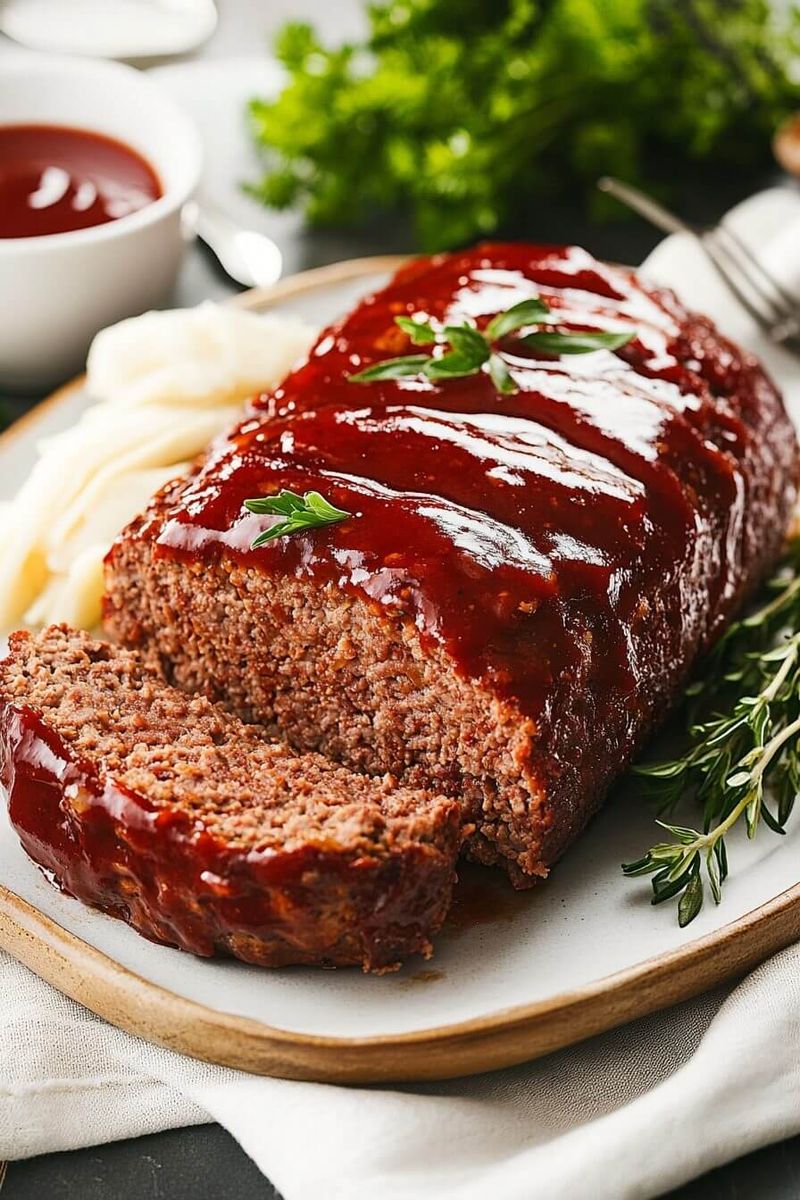

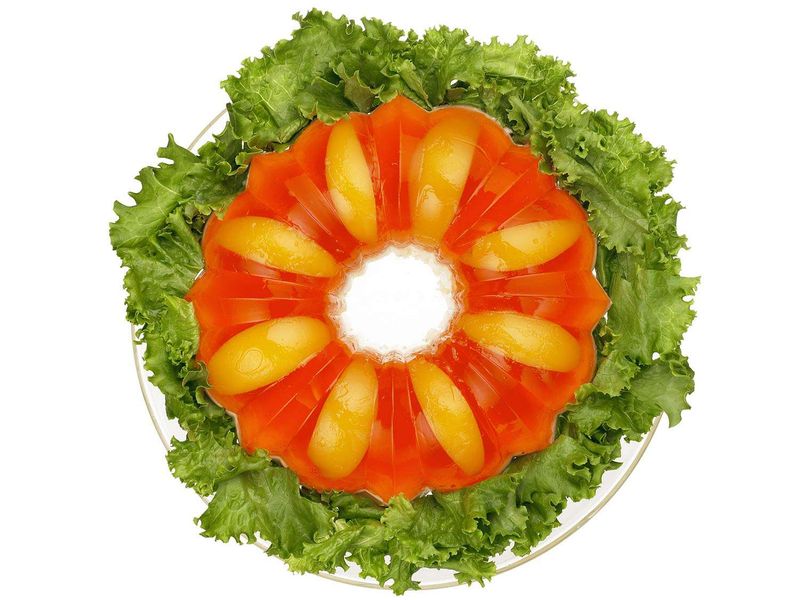


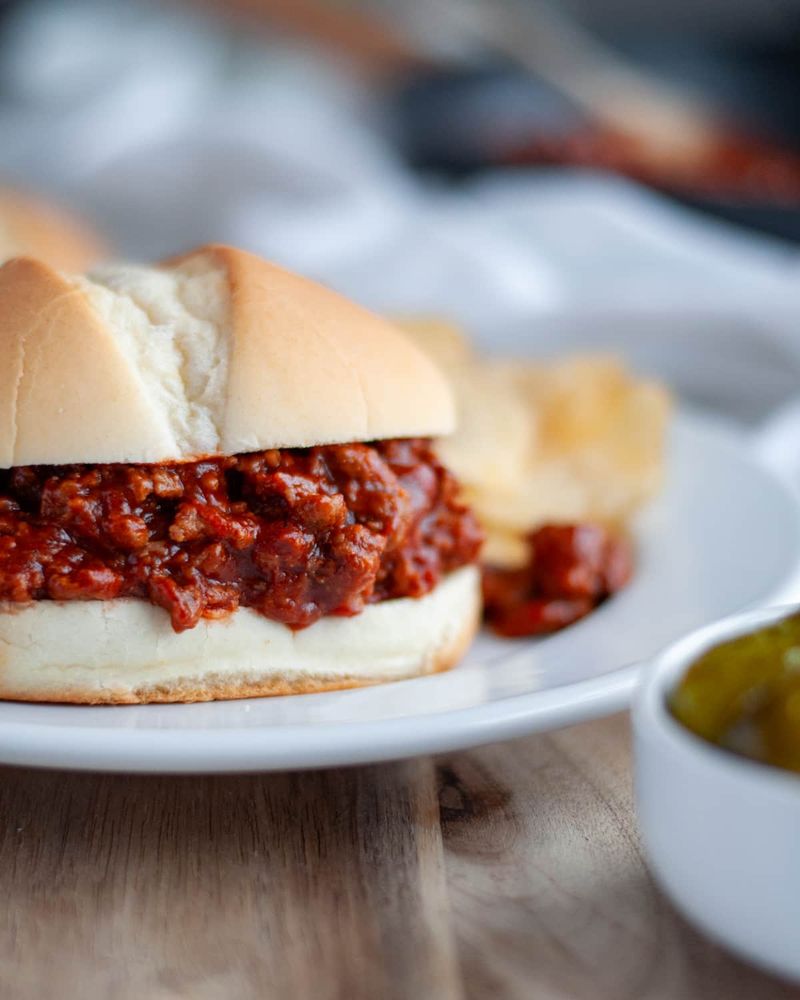
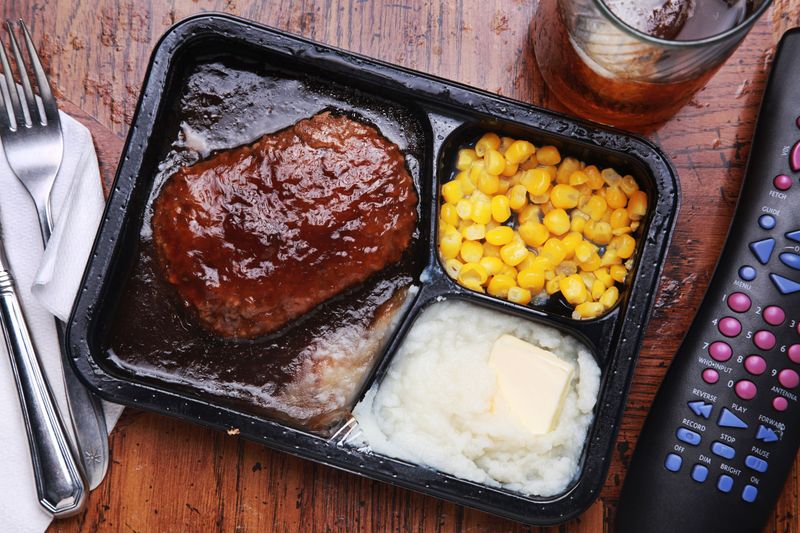
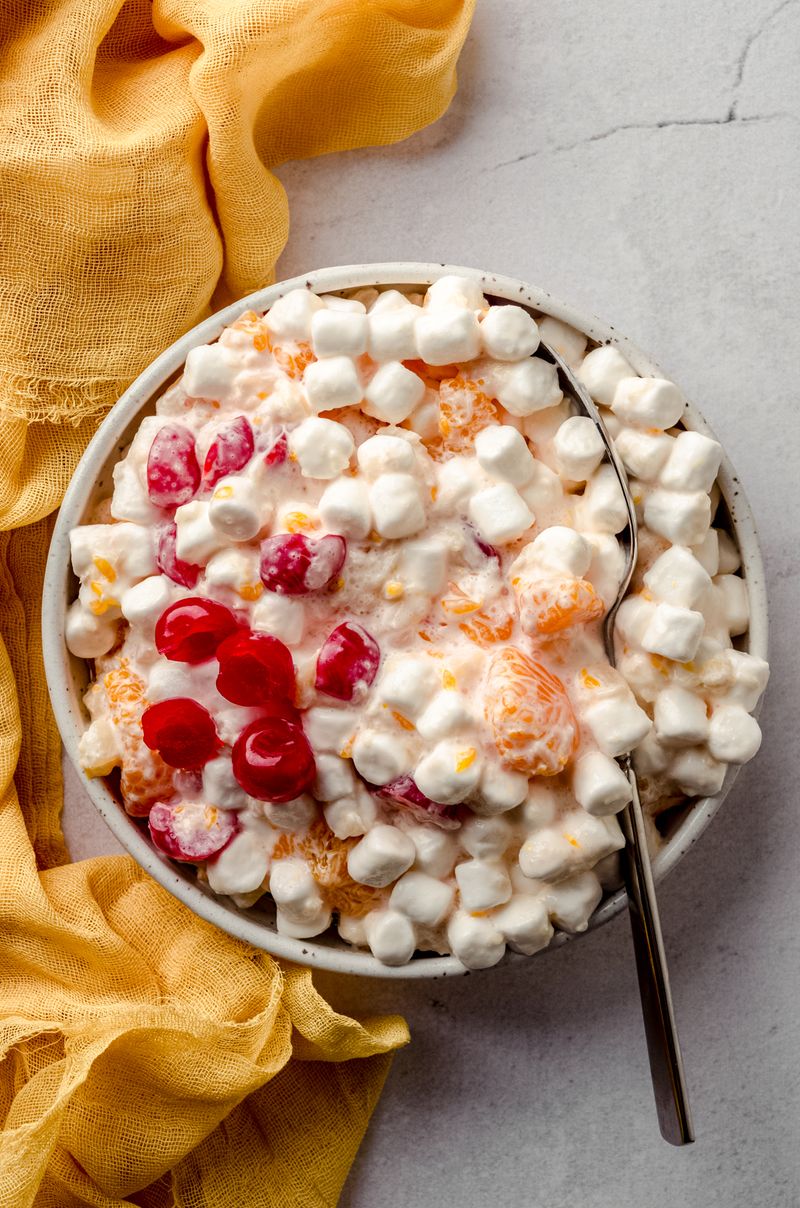
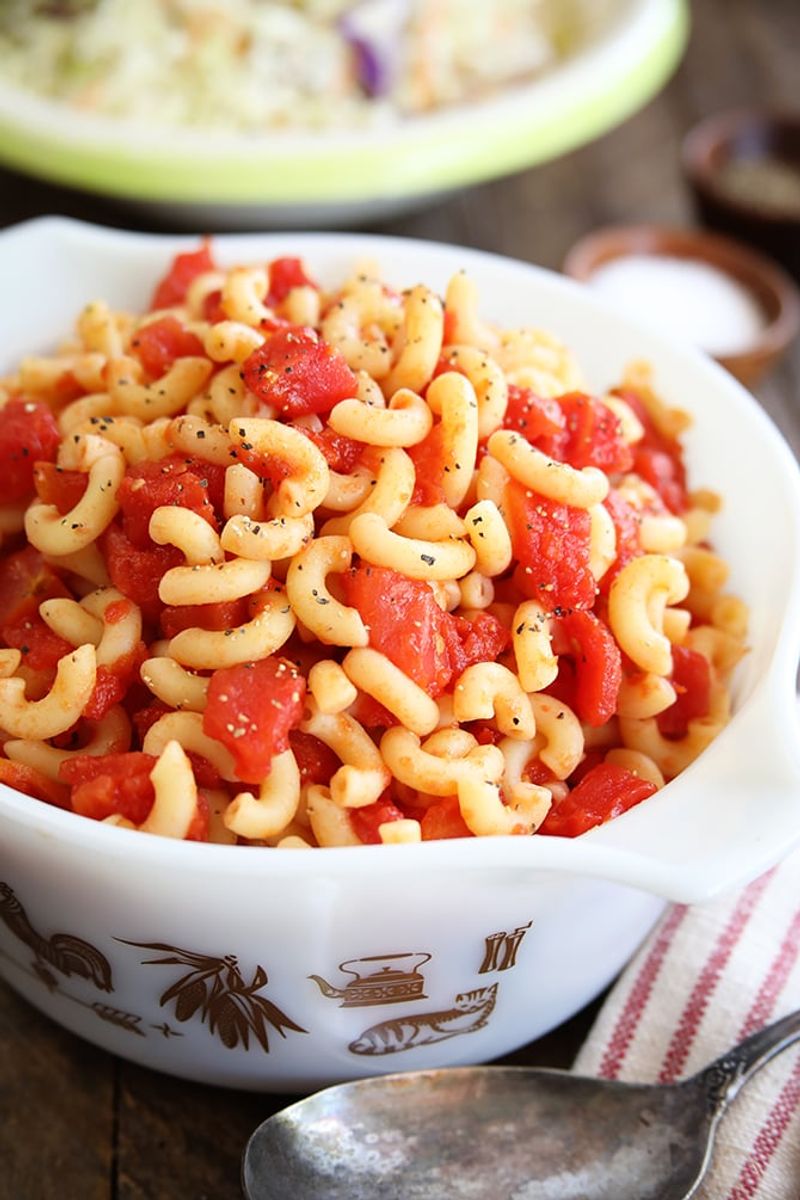


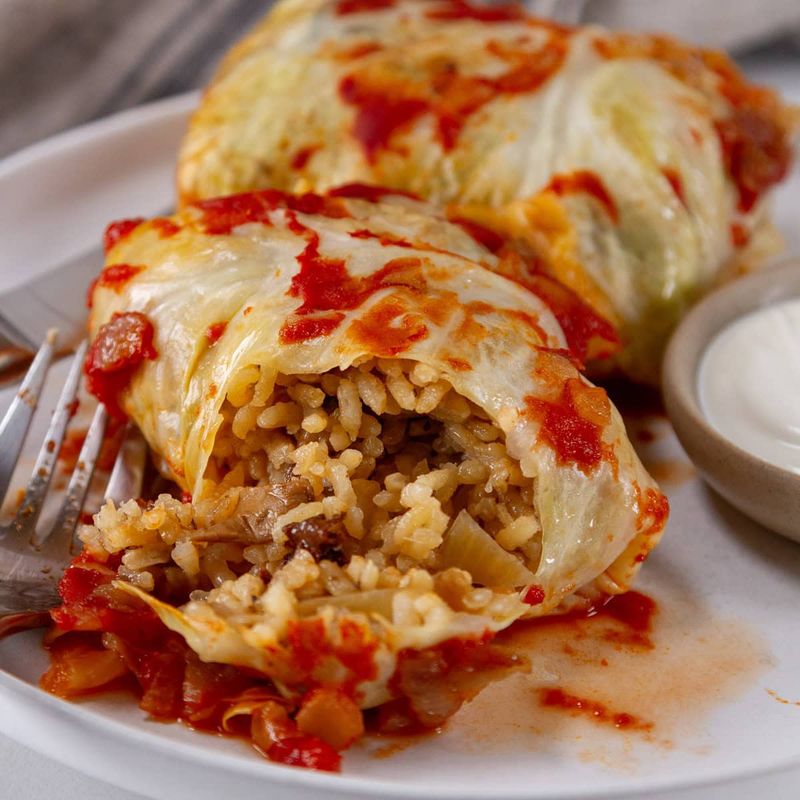
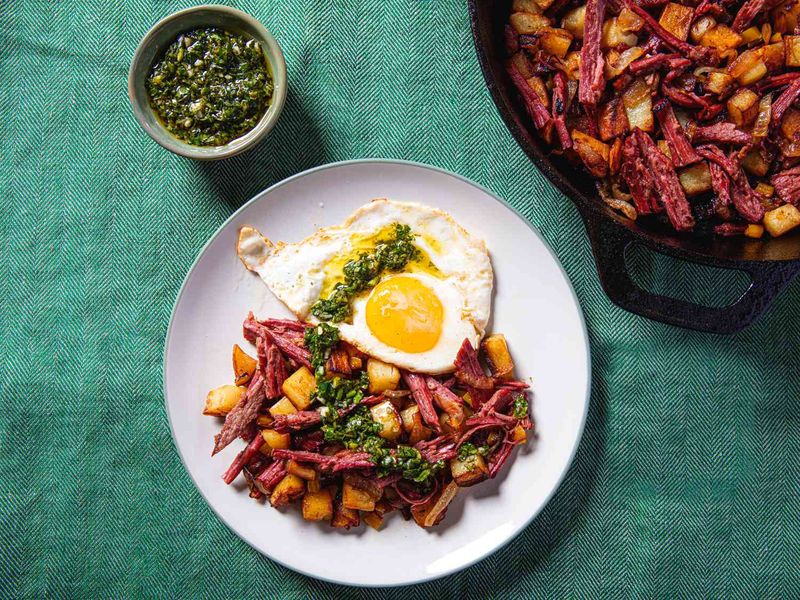
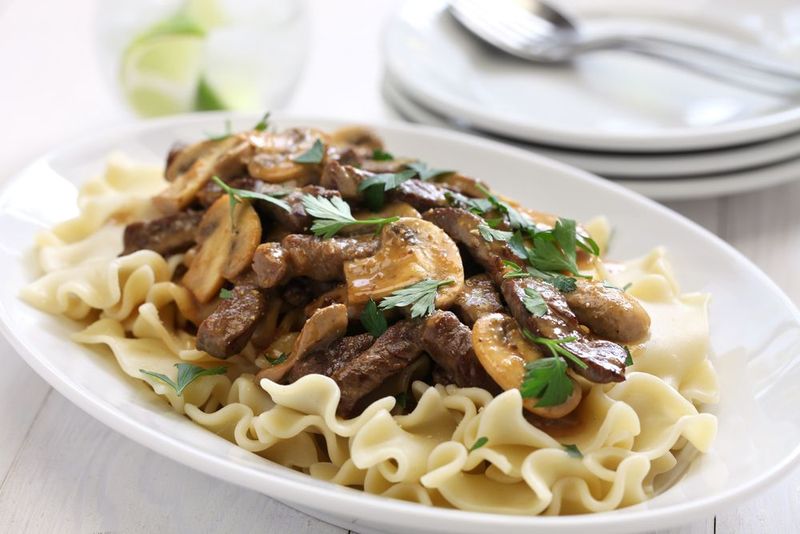
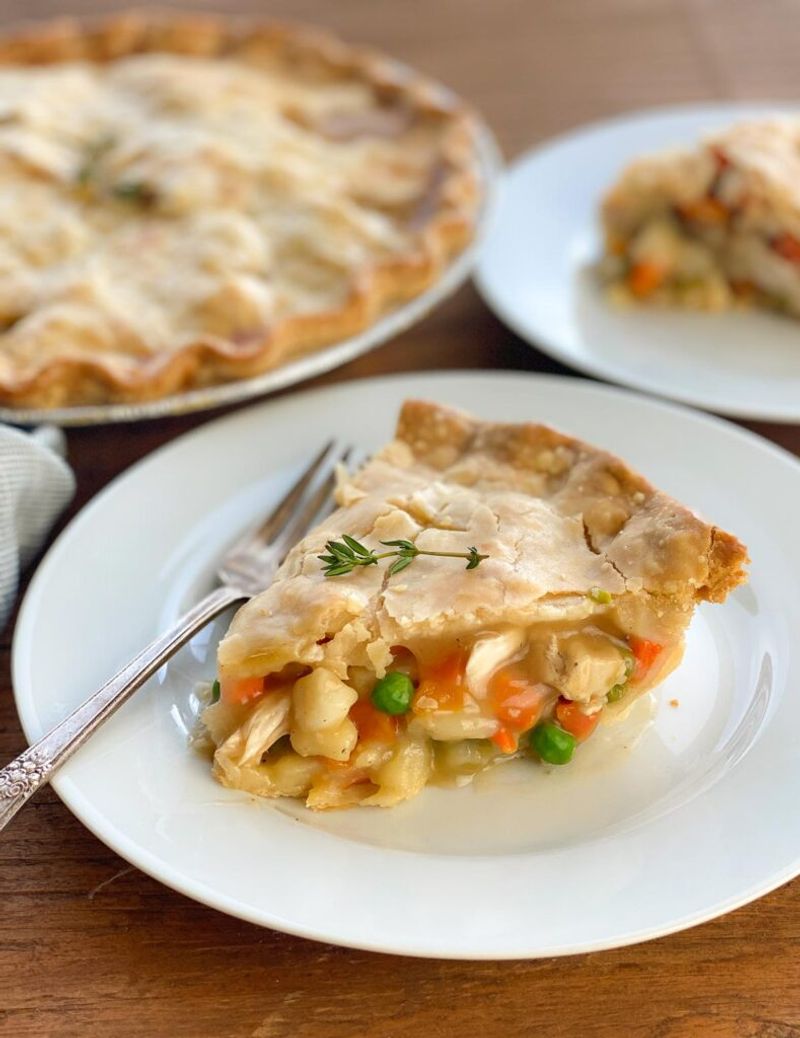
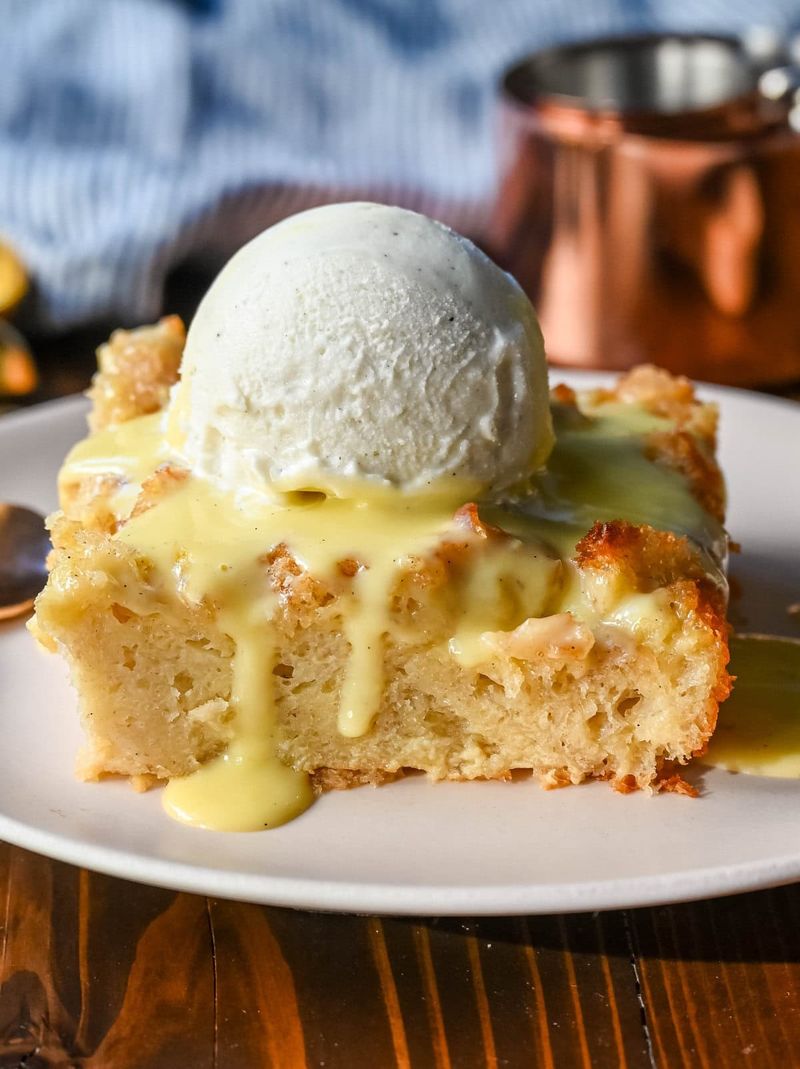

Leave a comment